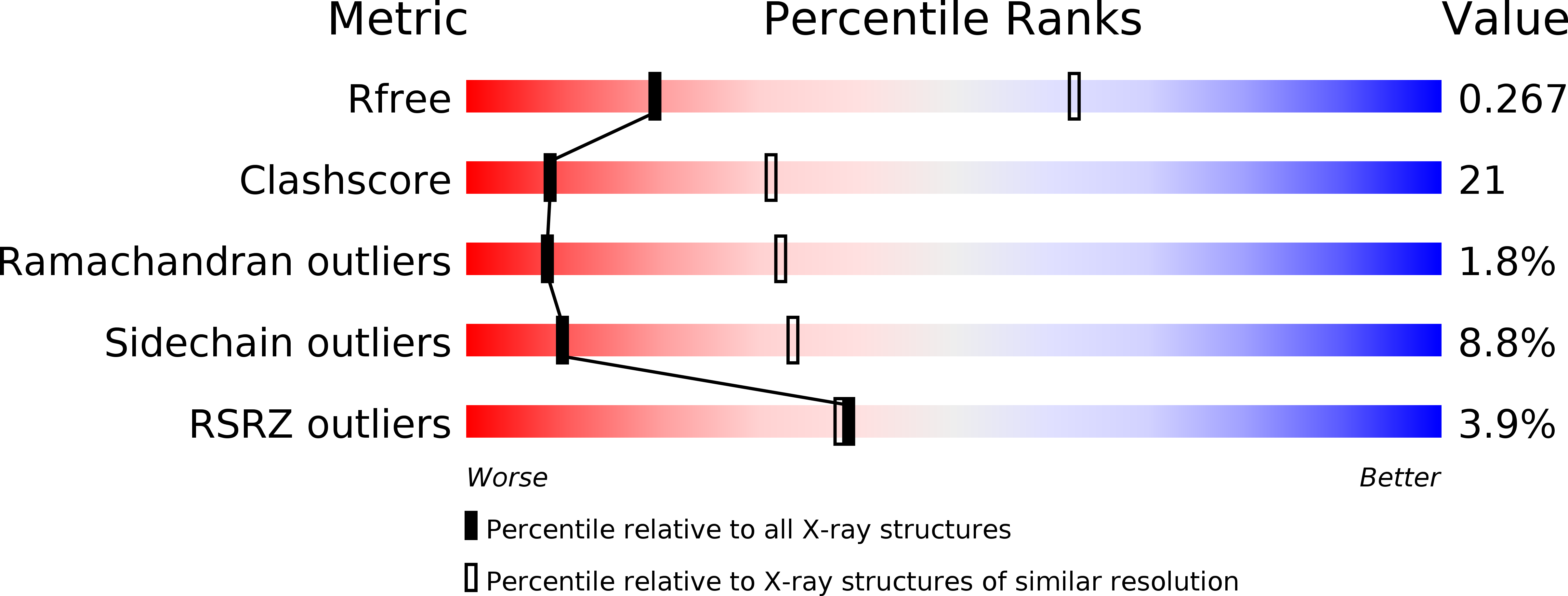
Deposition Date
2012-07-09
Release Date
2012-08-22
Last Version Date
2024-02-28
Entry Detail
PDB ID:
4G0J
Keywords:
Title:
Crystallographic Analysis of Rotavirus NSP2-RNA Complex Reveals Specific Recognition of 5'-GG Sequence for RTPase activity
Biological Source:
Source Organism:
Simian 11 rotavirus (Taxon ID: 36435)
Host Organism:
Method Details:
Experimental Method:
Resolution:
3.40 Å
R-Value Free:
0.29
R-Value Work:
0.23
R-Value Observed:
0.23
Space Group:
P 4


